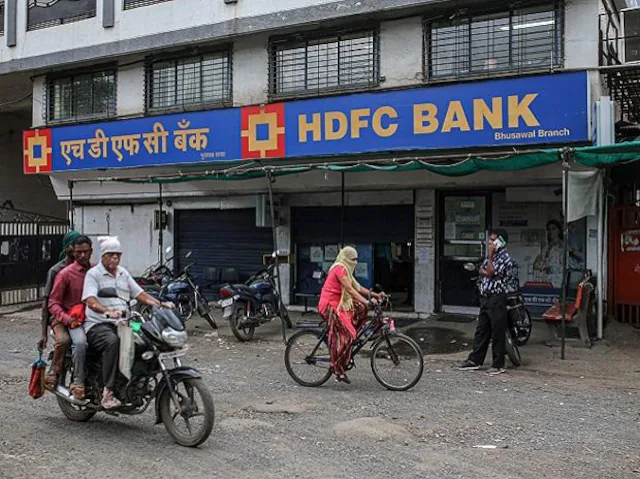HDFC Bank is likely to raise up to Rs 15,000 crore through the issue of Basel-III compliant tier-2 bonds on Thursday, making it the largest such debt issuance this financial year, sources told ‘Business Standard’.
The planned bond issuance, which is of 10-year maturity, includes a base size of Rs 1,000 crore and a green-shoe option of Rs 14,000 crore, the sources said.
“HDFC Bank’s tier-2 bond sale is likely mapped as a fixed rate issue with coupon of 7.86 per cent annual,” a source said. The 10-year government bond yield was last at 7.28 per cent, down 17 basis points in November. Sovereign bond yields are the benchmarks for pricing debt issued by corporates.
The fund-raising through bonds by HDFC Bank, India’s largest private lender, comes amid a slew of similar plans announced by banks over the last few days. With credit growth outstripping rise in deposits, banks face pressure to mobilise funds and meet the booming demand for loans.
Latest RBI data showed that as on November 4, bank credit growth was at 17 per cent year-on-year, Deposit growth lagged far behind at 8.2 per cent.
Last week, State Bank of India, the country’s largest lender, announced plans to raise Rs 10,000 crore via 10-year infrastructure bonds. Two other public sector banks—Union Bank of India and Punjab National Bank—have also outlined plans for raising funds through tier-2 bonds over the last few days for a total of around Rs 6,000 crore.
Along with the need to mobilise funds, another factor that analysts attributed behind the recent flurry of bank bond issuances was more conducive conditions in the debt market. Corporate bond yields have declined by around 15-20 basis points so far this month, in line with a decline in government bond yields.
From late September to early November, banks had largely halted debt sales as bond market conditions turned volatile. After falling to a six-month low of 7.08 per cent on September 8, yield on the 10-year benchmark government bond jumped 32 basis points within just 3 weeks to end the month at 7.40 per cent.
“My understanding is that banks’ capital position is strong, particularly private sector banks. They are still raising capital, however. This is due to the fact that credit growth remains strong – the issuances could address the capital requirement,” said Soumyajit Niyogi, Director, India Ratings & Research.
“The most important thing is that by raising tier-2 bonds or any other capital instruments, they are actually beefing their deposits, which is currently the biggest challenge for banks. From a timing perspective it makes sense, there has been a recent decline in bond yields. So, banks are getting long-term funding,” he said.
Treasury officials said that the recent line-up of tier-2 bonds would likely be met by firm demand from investors due to relatively lower supply of such instruments this year. While banks have issued around Rs 25,000 crore worth of additional tier-1 bonds, the issuance of tier-2 debt has so far been much lower. In the previous financial year, banks had issued AT-1 bonds worth a total of Rs 42,800 crore.
“HDFC Bank had issued AT-1 bonds at 7.84 per cent in early September, now there is talk of the tier-2 bond cutoff at 7.86 per cent, so that tells you that the market conditions have again turned favourable for banks looking to raise funds after the volatility in the bond market last month,” a treasury official said.
“Banks need to raise funds because the loan growth is extremely strong. Even from a spreads perspective, banks have received a very good deal on issuances, particularly for AT-1 bonds. The bond yield curve is almost flat,” he said.
AT-1 bonds
Additional tier-1 bonds are a type of debt instrument issued by banks in order to shore up equity capital in accordance with the norms prescribed by the Basel Committee after the 2008 global financial crisis. These instruments are perpetual bonds, meaning that while issuers provide periodic interest payments, there is no redemption of the principal amount. The appeal for investors lies in the fact that the returns that AT-1 bonds fetch are typically higher than tier-2 bonds and fixed deposits. Banks do often, however, redeem AT-1 bonds by exercising call options after five or 10 years.
Tier-2 bonds
Such bonds represent a portion of banks’ tier-2 capital, which is also made up of revaluation reserves and provisions. Tier-2 bonds fall under the category of subordinated debt, implying that bond holders have secondary claims on the assets as against holders of fixed deposits. Under situations of financial stress for banks, tier-2 bonds can be written off or turned into common equity.
Source: Business Standard, dated 30/11/2022




